Avionics, a portmanteau of “aviation” and “electronics”, refers to the electronic systems and devices used in aircraft, artificial satellites, and spacecraft. It encompasses equipment related to communication, navigation, monitoring, flight-control systems, collision-avoidance systems, and even weather radar.
As aviation technology has advanced, so too has avionics, evolving from basic mechanical systems to complex computerized networks. The history of avionics is a fascinating journey that mirrors the progress of both aviation and electronics over the past century.
History of Avionics
Early Beginnings: The Birth of Flight and Basic Instruments
The Wright brothers’ historic first flight in 1903 had no electronic instruments at all. Instead, the duo relied on their intuition, physical senses, and fundamental mechanical instruments. The aircraft’s controls were rudimentary and required pilots to possess excellent physical awareness and visual cues from the surroundings.
However, as aviation gained traction and planes began to fly higher and in less favorable conditions, the need for improved instruments became apparent. Some of the earliest advancements in avionics came in the form of basic flight instruments, such as:
- Altimeters: Instruments that measure an aircraft’s altitude.
- Gyroscopes: Instruments that help determine an aircraft’s orientation and direction.
- Magnetic compasses: Basic devices for directional navigation.

Between the Wars: Refinement and Expansion
The period between World War I and World War II saw significant advances in aviation technology. The rise of commercial aviation and the military’s interest in using planes for reconnaissance and combat created an urgent need for better navigation, communication, and flight control systems.
- Radios: By the late 1920s, radios started becoming standard equipment in many aircraft, allowing for air-to-ground and air-to-air communication.
- Autopilots: The first rudimentary autopilots, using pneumatics and gyroscopes, began appearing in the 1930s. While not as sophisticated as modern versions, they helped pilots maintain a steady course.
- Radar: As World War II approached, the development of radar became a priority. Initially designed to detect enemy aircraft and ships, this technology would later find applications in navigation and collision avoidance.
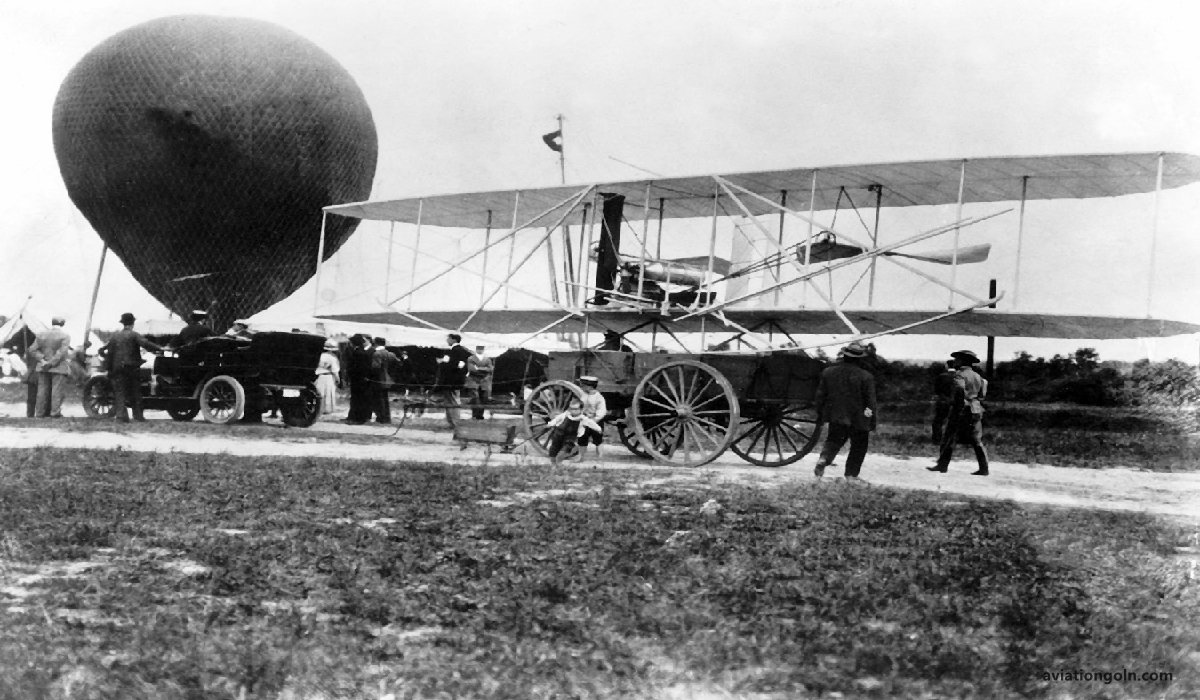
World War II: A Catalyst for Avionic Advancements
The immense pressures and needs of the Second World War expedited many technological advancements in avionics. Both the Axis and Allies worked relentlessly to gain an edge in the skies.
- Improved Radar Systems: Radar technology advanced rapidly during this period, with both ground-based and airborne variants being developed.
- IFF (Identification Friend or Foe) Systems: As skies became crowded with aircraft, the need to quickly identify friend from foe became critical. IFF systems used transponders to send out identification codes.
- Navigation Systems: Advanced navigation aids, such as the Lorenz beam (an early form of instrument landing system), helped pilots during poor visibility conditions.
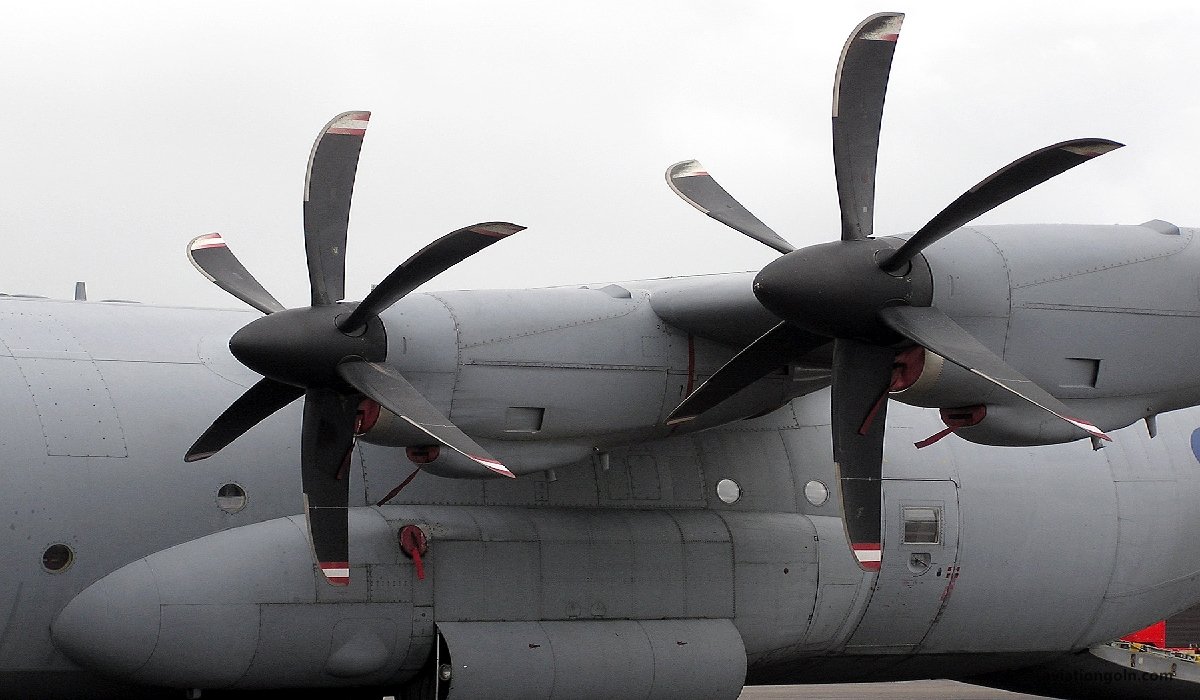
Jet Age and the Rise of Computers: 1950s to 1970s
The post-war period and the dawn of the jet age brought about new challenges and opportunities. Aircraft became faster, flew higher, and began to operate across vast distances. Such changes demanded even more sophisticated avionic systems.

- VOR (VHF Omnidirectional Range): Introduced in the 1950s, this system allowed pilots to receive radio signals from ground stations, providing precise navigation data.
- Inertial Navigation Systems (INS): Using gyroscopes and accelerometers, INS provided aircraft with position and velocity data without the need for external references.
- Transistors and Integrated Circuits: The introduction of these electronic components revolutionized avionics. Systems became smaller, more reliable, and capable of processing vast amounts of information.

Digital Revolution: 1980s to 2000s
The late 20th century saw avionics undergo a digital transformation. Analog systems began to be replaced with digital counterparts, providing enhanced precision, reliability, and functionality.
- Glass Cockpits: Traditional dials and gauges began to be replaced by multi-function digital displays, streamlining the pilot’s interface with the aircraft’s systems.
- GPS (Global Positioning System): Introduced in the 1990s, GPS revolutionized navigation, offering accurate and real-time positioning anywhere on Earth.
- Fly-by-Wire Systems: Electronic controls replaced traditional mechanical linkage systems, allowing for computer-assisted flight and better aircraft performance.
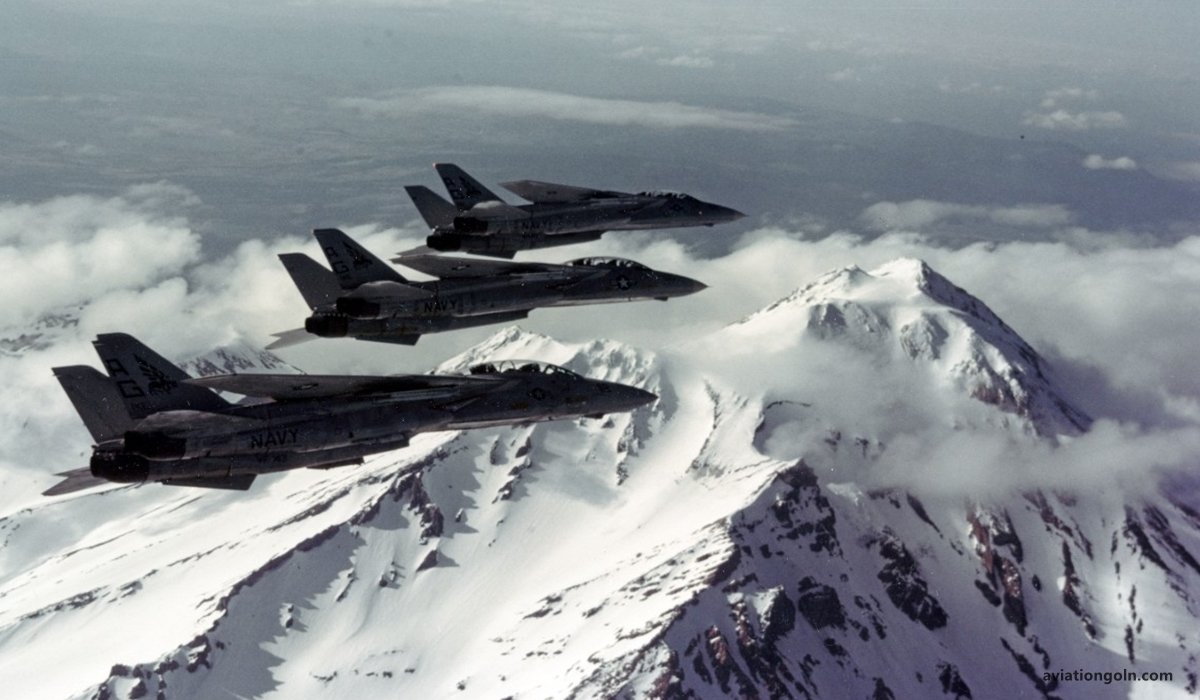
21st Century: Integration and Automation
Modern avionics systems are characterized by high degrees of integration and automation. With advances in software and hardware, aircraft are now more interconnected than ever before.
- Integrated Modular Avionics (IMA): This approach to designing avionics involves creating interconnected modules that share resources and data, leading to weight savings and improved efficiency.
- Advanced Traffic Collision Avoidance Systems (TCAS): These systems actively monitor the airspace around an aircraft and provide pilots with real-time collision avoidance advice.
- Unmanned Aerial Vehicles (UAVs): Drones and UAVs rely heavily on advanced avionics for tasks ranging from navigation to autonomous flight.
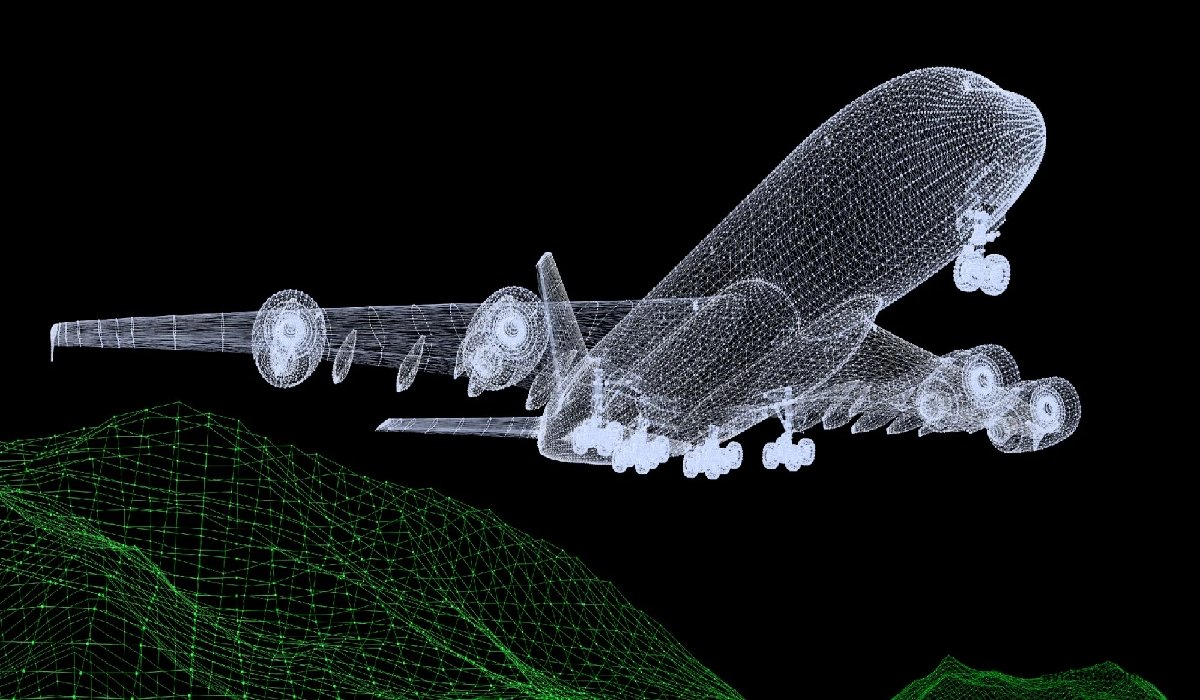
Future of Avionics: The Sky is Not the Limit
With the dawn of space tourism and the ambition of colonizing other planets, avionics will continue to play a pivotal role. Concepts like quantum communication, artificial intelligence in flight control, and advanced propulsion monitoring are only the beginning. As we venture further from our home planet, the systems that guide, protect, and inform us during our journeys will undoubtedly become even more critical.
In conclusion, the history of avionics is a testament to human ingenuity and the desire to explore the unknown. From the basic instruments of the early 20th century to the highly sophisticated computer networks of today, avionics has come a long way. And as aviation continues to reach for new frontiers, avionics will undoubtedly be at the forefront of these pioneering endeavors.
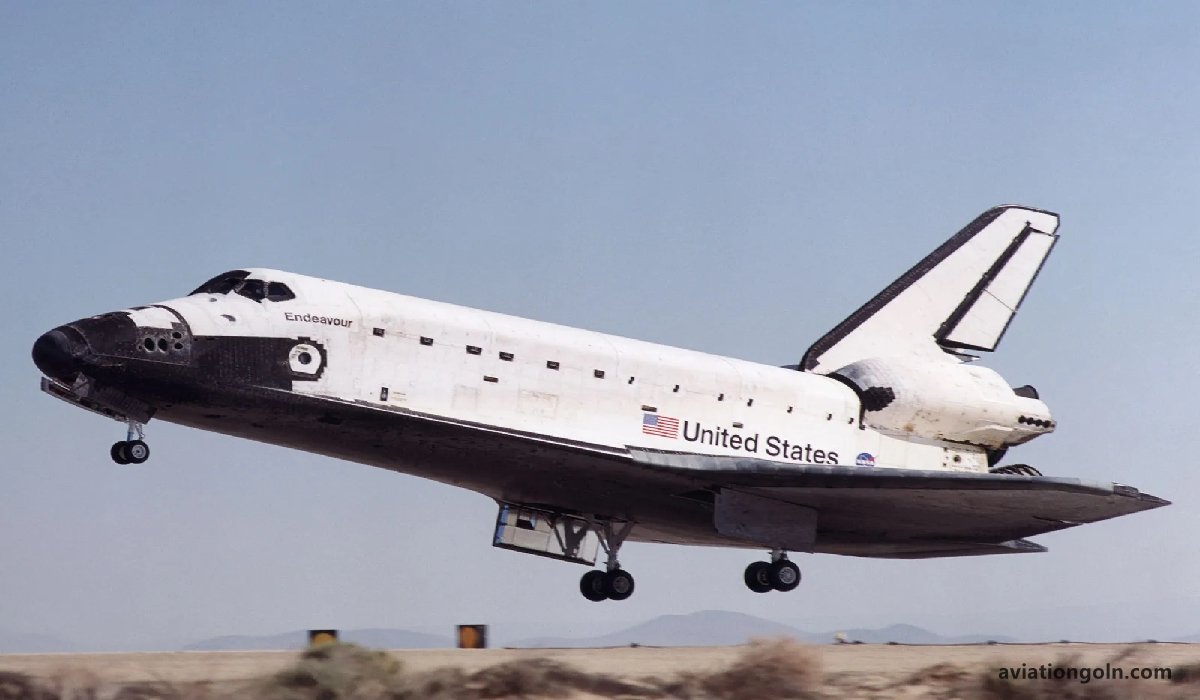
Read more:
